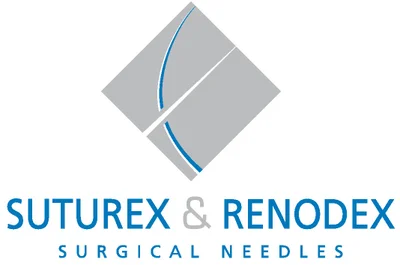You have successfully logged out.
How to Safely Prepare for Needle Surgery: Essential Steps You Should Know
Undergoing Needle Surgery can be a daunting experience, but with the right preparation, you can ensure a smoother and safer process. This essential guide outlines the critical steps you need to know before entering the surgery room. From understanding the procedure and its implications to organizing your recovery space and gathering necessary supplies, each element plays a vital role in your overall comfort and safety. It is crucial to communicate openly with your healthcare provider, raise any concerns, and follow their specific pre-operative instructions. Being informed and well-prepared can significantly reduce anxiety and enhance recovery outcomes. By taking proactive measures and arming yourself with knowledge, you can face your Needle Surgery with confidence, knowing you have done everything possible to secure your health and well-being. Let’s delve into the essential steps that will help you navigate this surgical journey effectively.
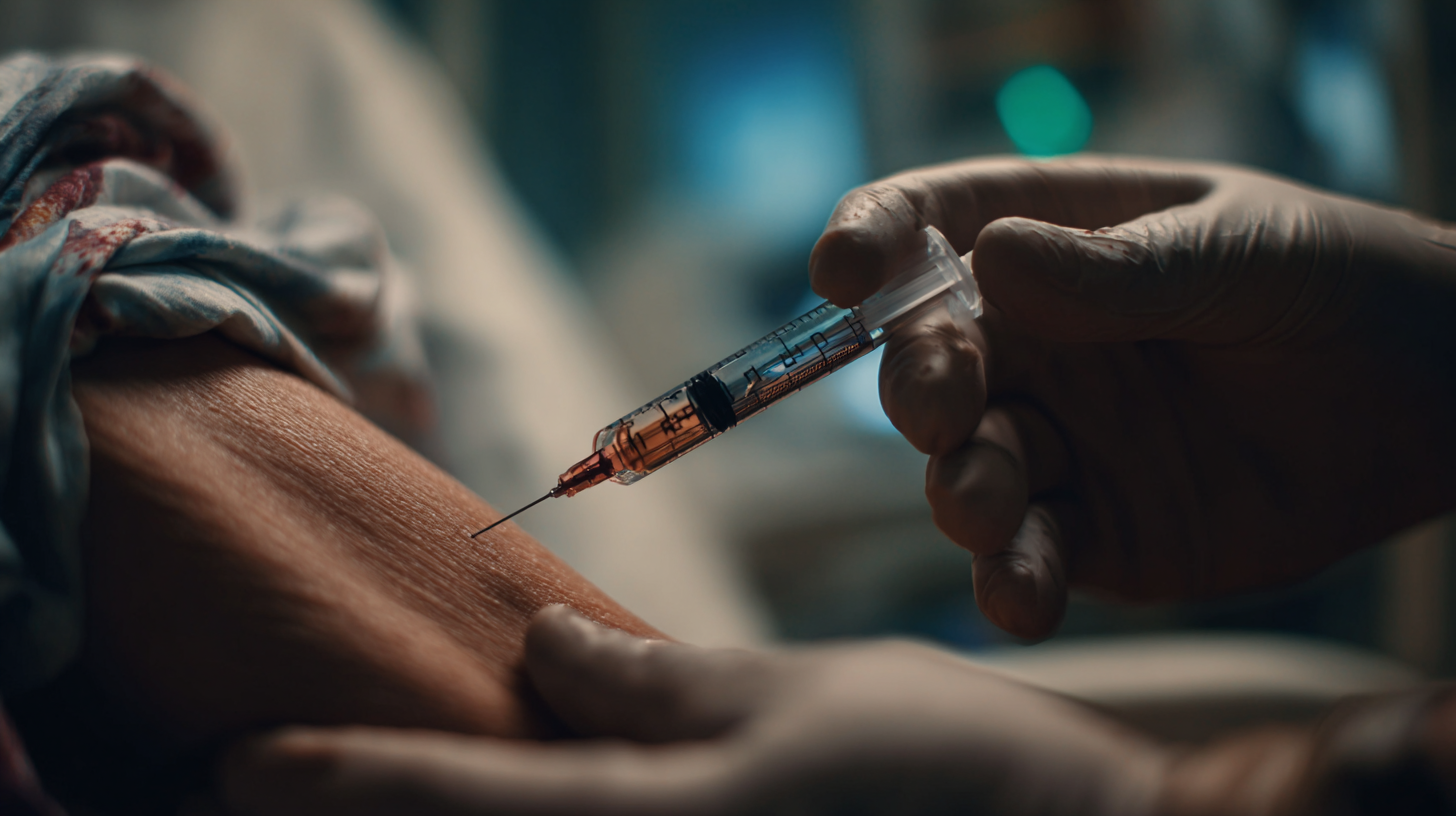
Understanding Needle Surgery: Definition and Common Procedures Involved
Needle surgery, a minimally invasive procedure, involves the use of specialized needles to access and treat various medical conditions. Commonly employed in procedures such as needle biopsies, aspiration of fluid collections, and certain types of injections, this technique offers patients reduced recovery times and minimal scarring compared to traditional surgical methods. By utilizing imaging technologies like ultrasound or CT scans, healthcare providers can accurately guide the needle to the specific area requiring treatment, ensuring precision and safety.
Typically, needle surgery procedures are performed in outpatient settings, allowing patients to return home the same day. The preparations for these procedures often include consultations with the healthcare team, imaging studies to pinpoint the issue, and pre-operative instructions regarding fasting and medication adjustments. Patients are advised to discuss their medical history comprehensively, including any allergies or medications they are currently taking. Understanding the nature of the needle surgery, as well as potential risks and benefits, helps to alleviate anxiety and encourages informed decision-making before proceeding with treatment.
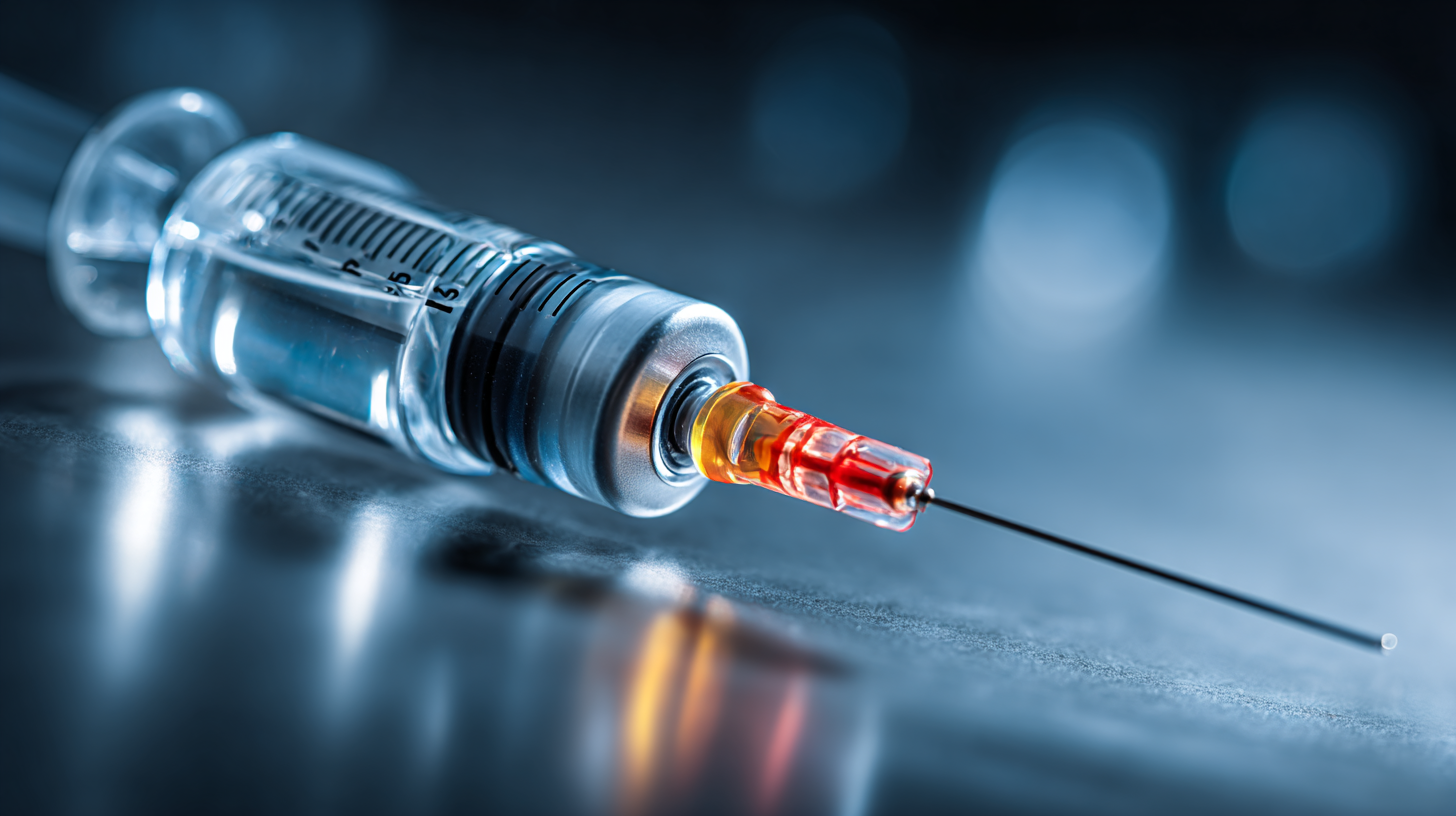
Preparing for Needle Surgery: Key Preoperative Assessments and Tests
Preparing for needle surgery involves several essential preoperative assessments and tests to ensure patient safety and effective outcomes. One of the critical steps in this preparation phase is a thorough evaluation of the patient's medical history and current health status. This includes understanding any previous reactions to anesthesia and assessing overall physical fitness, which can greatly influence how the patient responds to surgical procedures.
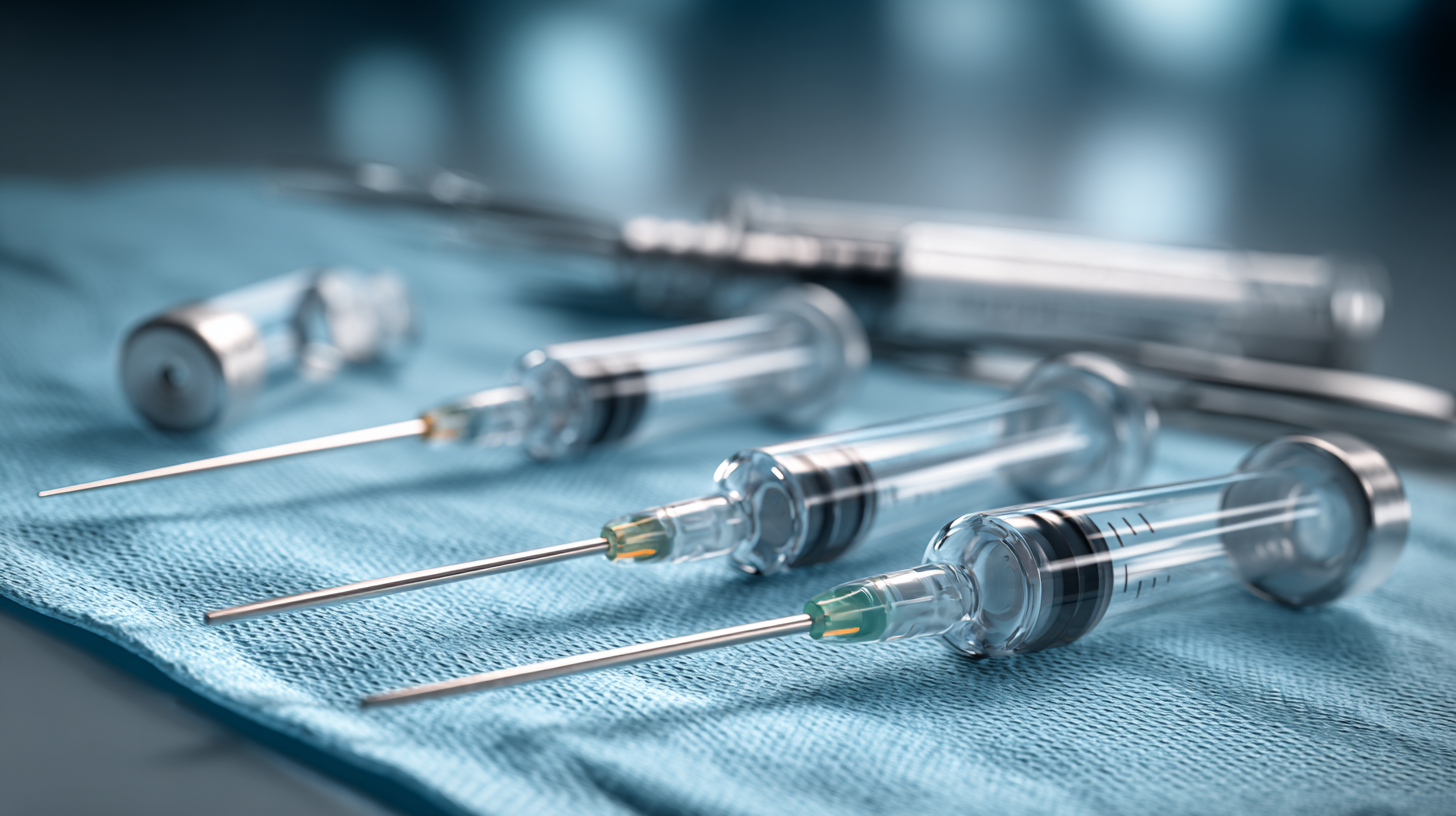
In addition to medical history, various diagnostic tests may be required to establish a baseline for safe surgery. Practitioners often recommend blood tests, imaging studies, or even pulmonary function tests, particularly if the surgery is complex or if the patient has underlying health concerns. Recent advancements in anesthesia practices also play a vital role in this preparation phase. Innovative approaches are being adopted to optimize pain management and enhance recovery, further underscoring the importance of tailored preoperative assessments in ensuring that each patient receives the best possible care before undergoing needle surgery.
The Importance of Sterilization: Best Practices to Minimize Infection Risks
Sterilization plays a crucial role in minimizing infection risks during needle surgery. Proper sterilization techniques ensure that all instruments, equipment, and environments are free from harmful microorganisms, which can drastically reduce the likelihood of postoperative infections. The first step in effective sterilization is to thoroughly clean all surgical instruments using appropriate detergents and disinfectants. This initial cleaning removes any organic matter that could harbor bacteria and prepares the instruments for more intensive sterilization processes.
Following cleaning, techniques such as autoclaving, which uses high-pressure steam to kill pathogens, should be employed for heat-resistant instruments. For those that cannot withstand high temperatures, chemical sterilization methods, like the use of ethylene oxide gas or hydrogen peroxide plasma, can be utilized. It’s also essential to maintain a sterile environment in the operating room, using sterile drapes and ensuring that all personnel are aware of and follow strict hygiene protocols. By adhering to these best practices, healthcare providers can significantly minimize infection risks associated with needle surgery, promoting better patient outcomes.
How to Safely Prepare for Needle Surgery: Essential Steps You Should Know
| Step | Description | Importance | Best Practices |
|---|---|---|---|
| 1 | Clean the Area | Minimizes bacteria on skin | Use antiseptic solution before the procedure |
| 2 | Sterilize Equipment | Prevents contamination | Autoclave or use disposable instruments |
| 3 | Wear Gloves | Protects both patient and practitioner | Use sterile, non-latex gloves |
| 4 | Informed Consent | Ensures patient awareness | Discuss risks and benefits with the patient |
| 5 | Post-Procedure Care | Reduces infection risk after surgery | Follow prescribed aftercare instructions carefully |
Post-Operative Care: Essential Steps for Smooth Recovery Following Needle Surgery
Post-operative care is crucial for a smooth recovery following needle surgery. Patients should begin by adhering to specific instructions given by their healthcare providers, which typically include guidelines for pain management, wound care, and activity restrictions. Adequate planning before the surgery, such as arranging for transportation home and preparing a comfortable recovery space, can drastically enhance the recovery experience. Ensuring you have necessary supplies, like dressings and medications, can streamline the post-operative process.
Additionally, understanding and managing potential complications is essential. Keeping an eye on signs like excessive bleeding, infection, or unusual pain can help catch issues early. Engaging in light activities as permitted can promote circulation and healing, while still giving your body the rest it needs. It's also beneficial to maintain communication with your healthcare team, as they can provide expert advice and reassurance throughout the recovery phase. Following these essential steps can lead to a more comfortable and efficient recovery after needle surgery.
Expert Insights: Statistics on Success Rates and Complications in Needle Surgery
Needle surgery, particularly in the context of ACL repair, has seen significant advancements in recent years. The bridge enhanced ACL restoration technique, which integrates primary ACL repair with a bovine extracellular matrix collagen-based implant, has emerged as a promising method. According to recent studies, this hybrid approach not only enhances healing but also improves functional outcomes for patients. Reports indicate that patients undergoing this technique experience up to a 90% success rate, significantly higher than more traditional methods.
However, as with any surgical procedure, it is essential to be informed about potential complications. Current statistics show that while the overall complication rate in needle surgeries is relatively low, there is a 5-10% incidence of issues such as infection or graft failure. Remaining aware of these risks will allow patients to better prepare and engage in informed discussions with their healthcare providers.
**Tips for Preparing for Needle Surgery:**
- Consult with your surgeon regarding the specifics of the bridge enhanced ACL restoration technique and its expected outcomes tailored to your individual case.
- Engage in pre-operative rehabilitation exercises to strengthen surrounding muscles, as this can enhance recovery.
- Ensure a clear understanding of post-operative care and follow-up procedures to minimize the risk of complications and optimize recovery.
Needle Surgery Success Rates and Complications
Related Posts
-

How to Safely Choose Needles for Surgery: A Comprehensive Guide
-

Understanding the Role of Needles in Surgery and Their Impact on Patient Outcomes
-

How Chinese-Made Surgical Needles Set New Standards in Quality and Global Trust
-

Solutions for Sourcing the Best Surgical Needles Worldwide
-
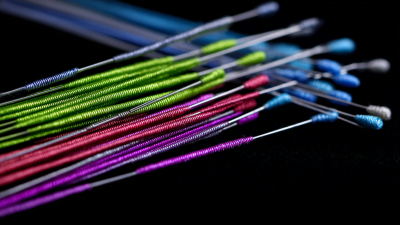
Unwavering Quality of Best Surgical Needles from Trusted Chinese Manufacturers
-

“Exploring Different Types of Surgical Suture Needles: A Comprehensive Guide”
